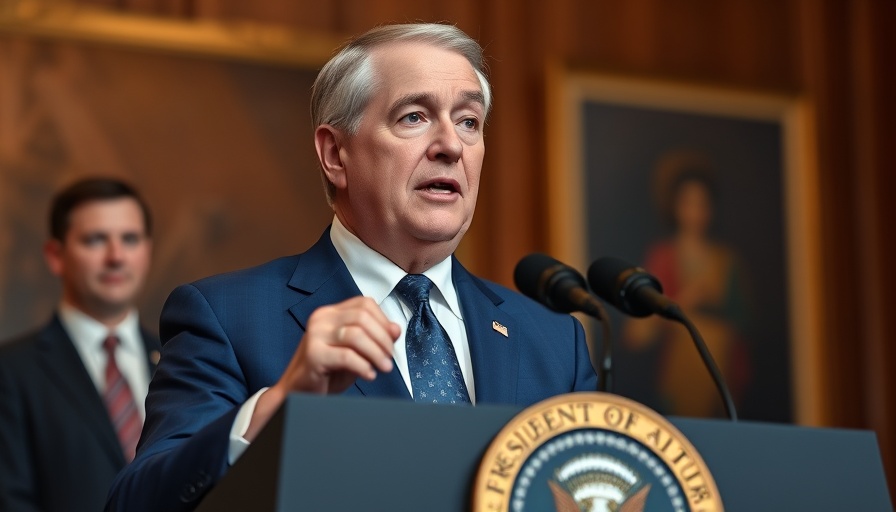
Understanding Trump's Drug Price Plan and Its Implications
On May 12, 2025, President Donald Trump introduced a potentially transformative executive order aimed at reducing prescription drug costs in the United States. This policy, known as the "most favored nation" approach, proposes that the U.S. will align its drug prices with those in other developed countries, leveraging the significantly lower costs seen abroad. However, healthcare experts warn that despite its ambitious goals, the plan may encounter substantial obstacles before it can be effectively implemented.
Why Drug Pricing is a Persistent Issue in the U.S.
The high cost of prescription drugs has been a longstanding problem in the U.S. healthcare system. According to data from the Rand Corporation, prices for American prescription medications can be two to three times higher than those in other developed nations, with the disparity rising to tenfold in certain cases. The burden falls heavily on patients, many of whom struggle to afford necessary medications. Trump's latest initiative seeks to "equalize" these costs, a strategy previously attempted with mixed results. Past attempts to lower drug prices have faced significant pushback from pharmaceutical companies and encountered legal challenges that limited their effectiveness.
The Most Favored Nation Policy Explained
Trump's executive order directs several federal agencies to resurrect this most favored nation policy. The plan aims to tie U.S. medicine prices to the lower rates paid in other countries, potentially impacting not only the commercial market but also public healthcare programs like Medicare and Medicaid. However, specifics regarding which medications will be included remain unclear. Experts have highlighted that the scope of the policy is broader than previous efforts during Trump's first term, which ultimately fell short due to court challenges.
Potential Benefits and Challenges Ahead
While Trump has claimed that the executive order could slash prices by as much as 90%, healthcare professionals express skepticism regarding these predictions. Experts argue that while the intention of lowering prices is commendable, the actual reduction will vary based on numerous factors, including negotiations with pharmaceutical companies and broader economic considerations. There is also concern about the impact on drug manufacturers' profits, which could lead to fewer new drug developments if companies perceive a downturn in revenue.
What Patients Need to Know
For everyday patients, the question remains: how will this policy genuinely affect their healthcare costs? In this changing landscape, it is essential for individuals to remain vigilant. Engaging with healthcare providers, understanding prescription options, and advocating for transparency in drug pricing can empower patients, ensuring they are positioned to make informed decisions about their health.
The Future of Drug Pricing in the U.S.
The introduction of this executive order signals a renewed commitment to addressing high drug costs. However, the path to implementation is fraught with uncertainties. The potential for legal battles, resistance from pharmaceutical companies, and the logistical challenges of enforcing such a policy loom large. Without bipartisan support, the effectiveness of this initiative may falter, leaving patients awaiting the relief they desperately need.
Engagement and Advocacy: A Call to Action
As the debate around drug pricing continues, it is crucial for consumers to voice their concerns. Advocacy groups and healthcare organizations encourage individuals to stay informed about changes in drug pricing, engage with their legislators, and advocate for policies that promote fair access to medications. Your voice matters in this crucial discussion about healthcare equity.
 Add Row
Add Row  Add
Add 




 Add Row
Add Row  Add
Add 

Write A Comment